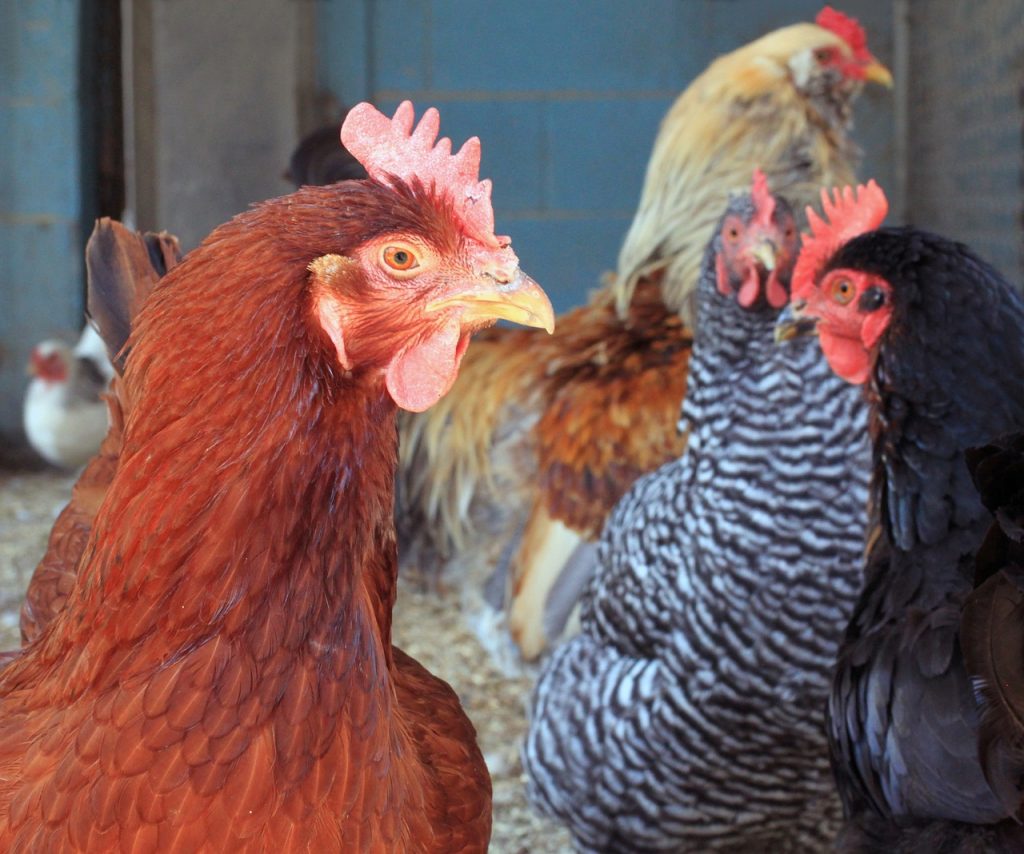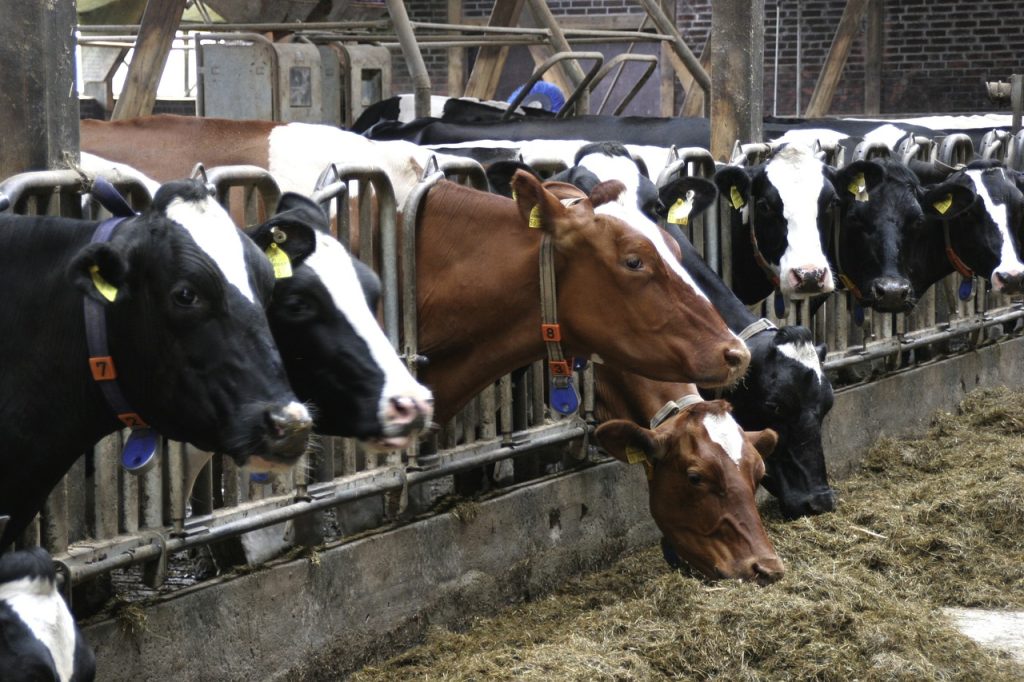
Welcome to our farm-friendly blog, where we explore the art and science of raising healthy livestock without breaking the bank! As seasoned farmers know, providing nutritious meals for our animals is vital to their well-being and productivity, but it doesn’t have to be an expensive endeavor. In this post, we’ll unveil eight ingenious and cost-effective feeding strategies that will keep your farm animals thriving without sacrificing quality. Whether you have chickens, pigs, cows, or sheep, these tips will help you strike the perfect balance between wholesome nutrition and budget-conscious practices. Let’s dive in!
Bulk Feed Purchasing and Storage
Bulk feed purchasing and storage are essential components of cost-effective livestock feeding strategies. You can buy affordable animal feed in large quantities, resulting in significant cost savings compared to purchasing smaller quantities. By establishing relationships with local suppliers or co-ops, farmers can negotiate better prices for bulk purchases.
Moreover, effective storage facilities are crucial to preserve the quality of feed and prevent spoilage or infestation. Investing in proper storage bins, silos, or other suitable containers allows farmers to buy feed at its lowest price point and stock up during times of abundance, ensuring a steady supply of affordable feed throughout the year.
Efficient Use of Pasture and Forage
Maximizing the utilization of pasture and forage is a cost-effective feeding strategy that promotes the health and productivity of farm livestock. Implementing rotational grazing systems allows animals to graze on fresh, nutritious grass while giving previously grazed areas time to recover. This approach minimizes the need for supplementary feed, reduces labor costs, and enhances soil health through natural fertilization.
Additionally, incorporating diverse forage species on the pasture can provide a balanced diet, reducing the reliance on expensive commercial feeds. By promoting sustainable grazing practices and monitoring forage growth, farmers can optimize their livestock’s nutrition while minimizing expenses, ultimately contributing to a successful and economically sound operation.
Use Balanced and Economical Feed Formulations
Crafting balanced and economical feed formulations is a crucial aspect of raising healthy farm livestock without breaking the bank. By formulating custom feeds that meet the specific nutritional requirements of the animals, farmers can avoid over-supplementation and wastage of expensive ingredients. Utilizing locally available and cost-effective feedstuffs, such as grains, oilseeds, and protein sources, can further reduce expenses.
Collaborating with livestock nutritionists can aid in developing tailored diets that optimize growth, reproduction, and overall animal well-being. Moreover, continuous monitoring and adjustment of feed formulations based on animal performance and seasonal variations enable farmers to ensure optimal feed efficiency and cost savings while maintaining the health and productivity of their livestock.
Local Sourcing of Feed Ingredients
Embracing the practice of locally sourcing feed ingredients offers multiple benefits for cost-effective livestock farming. By purchasing feedstuffs from nearby suppliers or neighboring farms, transportation costs are minimized, resulting in reduced expenses. Local sourcing also promotes the use of regionally available, seasonal, and abundant resources, potentially lowering feed costs and supporting local economies.
Farmers can establish direct relationships with local producers, allowing for negotiation of better prices and ensuring the quality and freshness of the ingredients. Moreover, by supporting local agriculture, livestock farmers contribute to sustainable food systems, reducing their environmental impact and fostering a sense of community collaboration within the agricultural sector.
Feed Crop Byproducts and Residues
Incorporating crop byproducts and residues into livestock feed is a smart and cost-effective strategy for enhancing farm sustainability. These agricultural byproducts, such as corn stalks, wheat straw, or fruit and vegetable trimmings, often go unused after harvest. By utilizing them as feed, farmers can significantly reduce waste and disposal costs.
These materials may have lower nutritional value compared to primary feed ingredients, but when properly processed and supplemented, they can provide valuable dietary fiber and nutrients to livestock. Integrating crop residues into the feeding program also fosters a circular economy, maximizing resource utilization and minimizing reliance on expensive external feeds.
Implement Rotational Grazing Techniques
Rotational grazing is a strategic and economical approach to managing pasture land for livestock. By dividing grazing areas into smaller paddocks and rotating animals between them, farmers can optimize forage utilization and promote pasture health. This method allows grazed areas to recover and regrow, ensuring a continuous supply of fresh, nutrient-rich forage without the need for costly supplementary feeds.
Rotational grazing also reduces the risk of overgrazing, soil degradation, and parasite buildup, leading to healthier and more productive livestock. By implementing well-planned rotational grazing systems, farmers can harness the natural grazing behavior of animals to improve feed efficiency and overall farm profitability while supporting sustainable land management practices.
Supplementation with Nutrient-Rich Forages
Incorporating nutrient-rich forages into the livestock diet is a cost-effective method to enhance animal health and performance. Forages such as alfalfa, clover, or legume hay are abundant sources of essential vitamins, minerals, and proteins.
By integrating these forages into the feeding program, farmers can reduce the reliance on expensive concentrate feeds. Harvesting and storing surplus forages during peak growth seasons enable year-round availability and prevent wastage.
Furthermore, the high nutritional content of these forages supports optimal growth, reproduction, and immune function in the animals, ultimately contributing to healthier, more productive livestock and minimizing the need for additional costly supplements.
Minimize Feed Waste and Losses

Efficient feed management is a key strategy to control costs and improve farm profitability. Implementing measures to minimize feed waste and losses can significantly impact the overall economic viability of livestock operations. Employing proper feeding equipment, such as feeders and troughs, helps reduce spillage and contamination. Regularly inspecting feed storage areas for signs of spoilage or pest infestations ensures feed quality is maintained.
Additionally, establishing clear feeding schedules and quantities prevents overfeeding and feed wastage. Repurposing leftover or spoiled feed as compost or animal bedding further optimized resource utilization. By adopting these practices, farmers can minimize unnecessary expenses and make the most of their feed resources, ultimately achieving a more cost-effective and sustainable feeding approach.
Employing these eight cost-effective feeding strategies for raising healthy farm livestock can have a profound impact on the overall success of agricultural operations. By optimizing the use of pasture and forage, crafting balanced feed formulations, sourcing locally, and utilizing crop byproducts, farmers can reduce costs while ensuring animal health and productivity. Implementing rotational grazing, supplementing with nutrient-rich forages, and minimizing feed waste further contribute to sustainable and economically sound farming practices. Embracing these strategies fosters a more resilient and profitable livestock enterprise for the long term.




Recent Comments